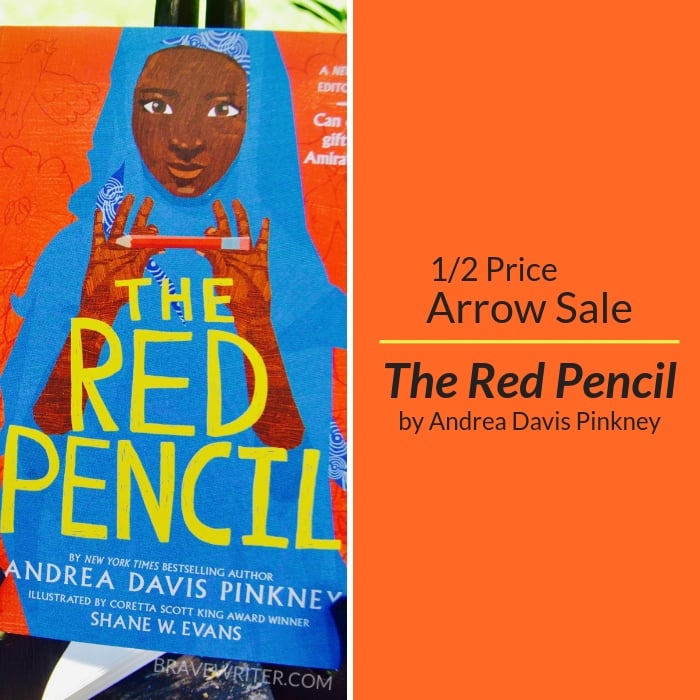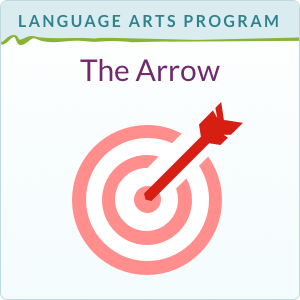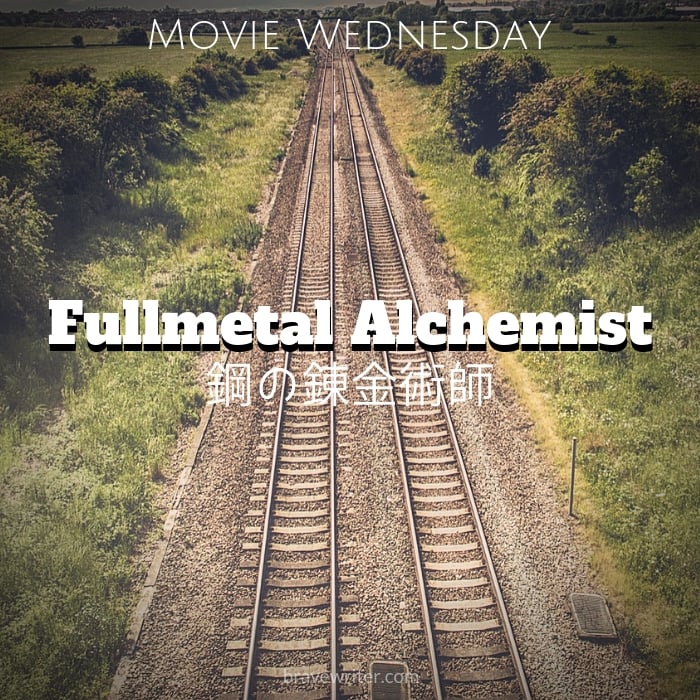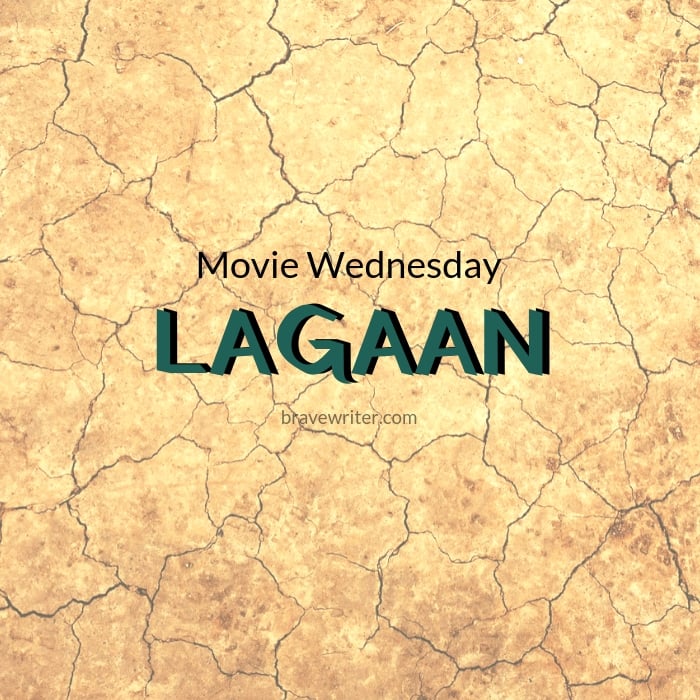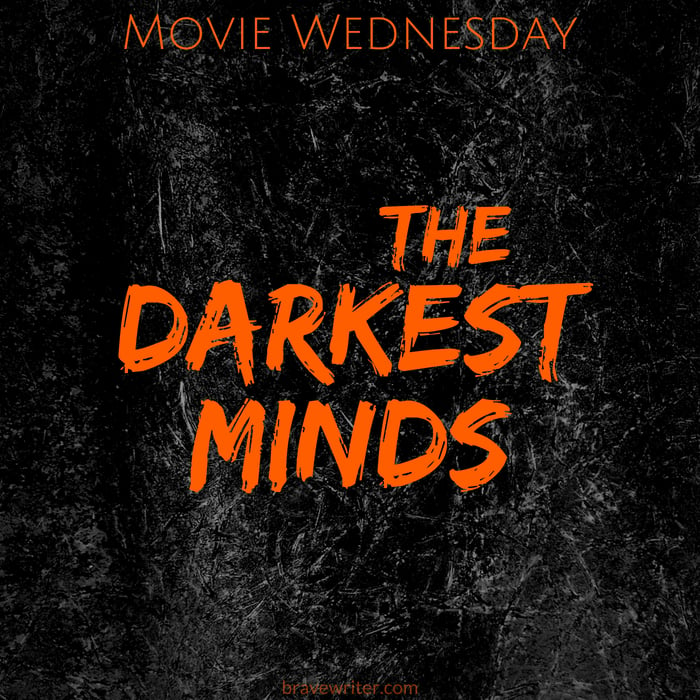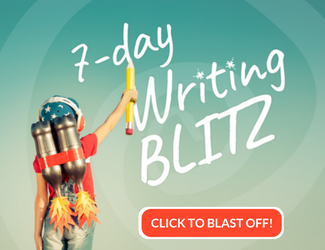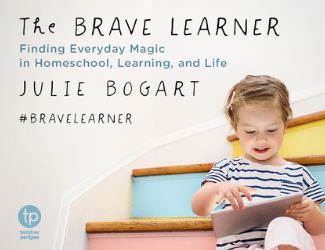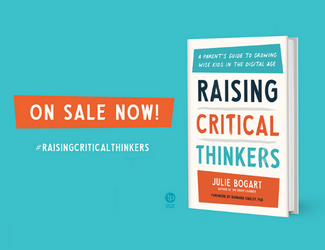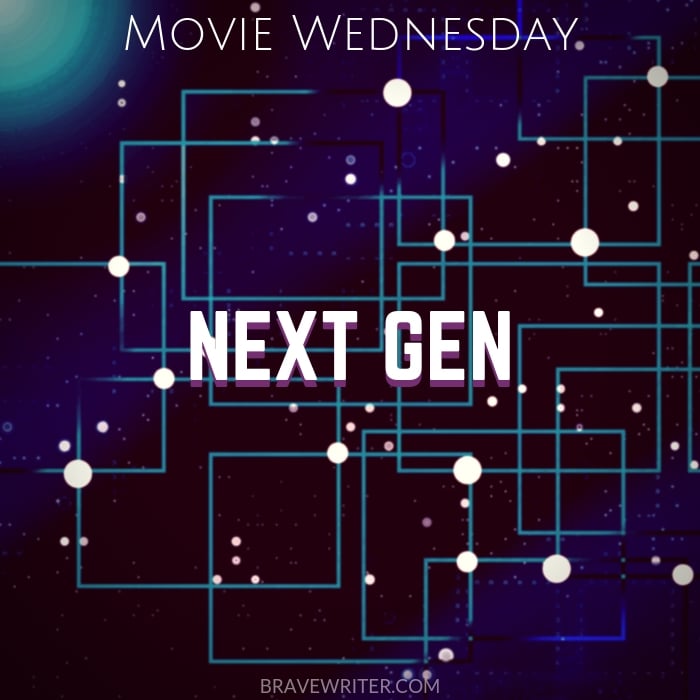
by Amy Frantz, Brave Writer alum
Mai has never been the same since her dad left. Her well-meaning but self-centered mother tries to help, but it often feels like the mother and daughter are speaking two different languages when they attempt to connect. When Mai wanders off on her own, a chance encounter with a secret and experimental new AI changes her life.
[This post contains Amazon affiliate links. When you click on those links to make purchases,
Brave Writer receives compensation at no extra cost to you. Thank you!]
Next Gen is a Chinese-North-American CG animation science fiction film released in 2018. It stars the voices of Charlyne Yi and Constance Wu.
A common trope in stories is “the boy and his X.” The “X” can stand for robot, monster, or any unique entity. As the trope name suggests, these stories are often centered around boys who form a deep, unusual bond with another being as they come of age.
In Next Gen, the main character is instead a girl who forms a connection with a special robot, which helps her to heal and grow past her pain, allowing her to reconnect with her mother and finally form healthy relationships. The film is an interesting look at both the ways in which the trope changes around the main character’s gender and the ways in which it remains fundamentally the same regardless of gender.
A note to parents: Next Gen is rated TV-PG, but we would still recommend looking up the film on sites like Common Sense Media, since it does contain intense animated violence and implied swearing (no actual swearing is heard in the film), before deciding if it is right for your family.
Discussion Questions
- Mai has a lot of misdirected anger over her father leaving, which she channels into retaliatory violence against the kids who’ve been picking on her. What is the difference, do you think, between standing up for oneself and simply becoming another bully?
- Mai is a flawed character, who has to learn from her mistakes and heal herself emotionally. At which points in the film do you think Mai demonstrates this growth and how does she demonstrate it?
- The film tells us that “memories make us who we are.” 7723 gives up his memories, essentially who he is, to save Mai. At the end of the film, Mai is shown “teaching” 7723. Do you think it will ever be possible for Mai to regain the friend she had, or is that version of 7723 gone forever along with the deleted memories? Explain your answer.
- Molly, Mai’s mother, uses robots and technology to fill the gap in her life left by her husband leaving and much to the detriment of her relationship with her daughter. But by contrast, Mai’s friendship with 7723 (a robot) allows her to heal, confront her flaws, and repair the relationship with her mother. What do you think the film may be trying to say about the roles of technology in our lives and its healthy vs. unhealthy uses?
Additional Resources
Next Gen is streaming on Netflix
Amy Frantz is a Brave Writer alum. When not over-analyzing Star Wars, she has a lot of feelings about fictional robots.


